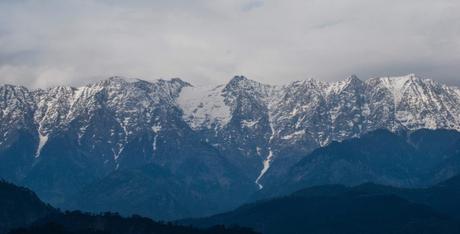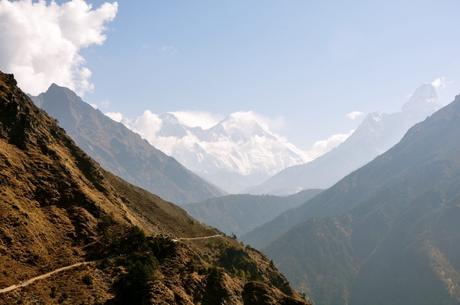The embattled travel industry in India took another hit last week when climbing and trekking expeditions were banned in the Himachal Pradesh district. Following a difficult year due to the COVID-19 pandemic, the region recently began welcoming visitors looking to explore the Indian Himalaya. But bad weather led to a tragic accident, which has resulted in a temporary ban on some activities.

Stranded Trekking Group
Like many countries around the globe, international travelers still have to jump through some pandemic hoops in order to gain entry to India. The country was hit very hard by the pandemic in the spring of the year, and while conditions have improved, visitors from other parts of the world have been fairly sparse.
Domestic travel has started to rebound however and recently a group of 13 trekkers-12 from Mumbai and one from Delhi-gathered in the village of Janglik in the Shimla district to hike to Sangla in Kinnaur. The journey got underway on October 17th and was a magical trek through the mountains for the first several days.
But weather in the Indian Himalaya can be difficult to predict and change very quickly. A week into the hike, bad weather hit the mountains, dumping heavy snow on the region. As a result, the trekking group became stranded above 15,000 feet (4572 meters), where they attempted to wait out the storm. Unfortunately, conditions only got worse from there. A search and rescue team was dispatched to assist the trekkers, but before they could be rescued, three members of the team perished. The other ten have now been safely retrieved.

A Deadly Season in the Indian Himalaya
The death of the three travelers are just the latest in what has turned into a very deadly season in the Indian Himalaya. Two weeks back, another group of hikers was backpacking along the Harsil-Chitkul route between Uttarakhand and Himachal Pradesh when tragedy struck in the form of an avalanche. This left seven confirmed dead and another two missing out of a group of 11 total.
A week before this tragic accident another five hikers were killed while trekking the Lamkhaga Pass as well, with heavy snow playing a part in that accident too. As if that wasn't enough, on October 18, individuals from two separate groups of hikers went missing in the Uttarkashi district after getting caught out in bad weather too.
With so many accidents taking place in such a short period of time, authorities felt that they had no other choice but to close down the trekking season. Usually, that season runs from September well into November, but the heavy snow and avalanche-prone slopes have created conditions that simply aren't safe, as evidenced by the high number of deaths in a relatively short span of time.
Trekking and Climbing Ban
The Himachal Pradesh district isn't the only one to ban hiking and climbing activities. The tribal district of Lahaul and Spiti also took that step back in early-October, citing poor conditions in the mountain at that time. The region also draws adventurous travelers, but officials were concerned about the safety of search and rescue operators should trekkers need to be rescued.
At the moment, there is no indication of when the ban will be lifted, but it seems likely that it will stay in effect until spring. Winter doesn't officially arrive for several weeks, but conditions in the High Himalaya can get cold and dangerous much sooner than that. Winter mountaineering and hiking are popular activities throughout the region, although travelers do come in much smaller numbers during that time of the year.
After losing 11 trekkers in less than week, it is understandable why the ban was put into place. Fortunately, things have been a lot safer in Nepal, which has reopened to foreign visitors. The Annapurna region in particular is back up and running and so far, there haven't been any major accidents or COVID outbreaks. Hopefully it will stay that way moving forward.
The spring trekking and climbing season will be a major test for both countries.



